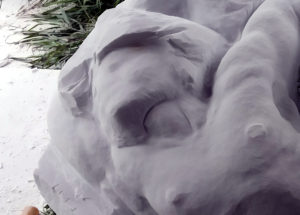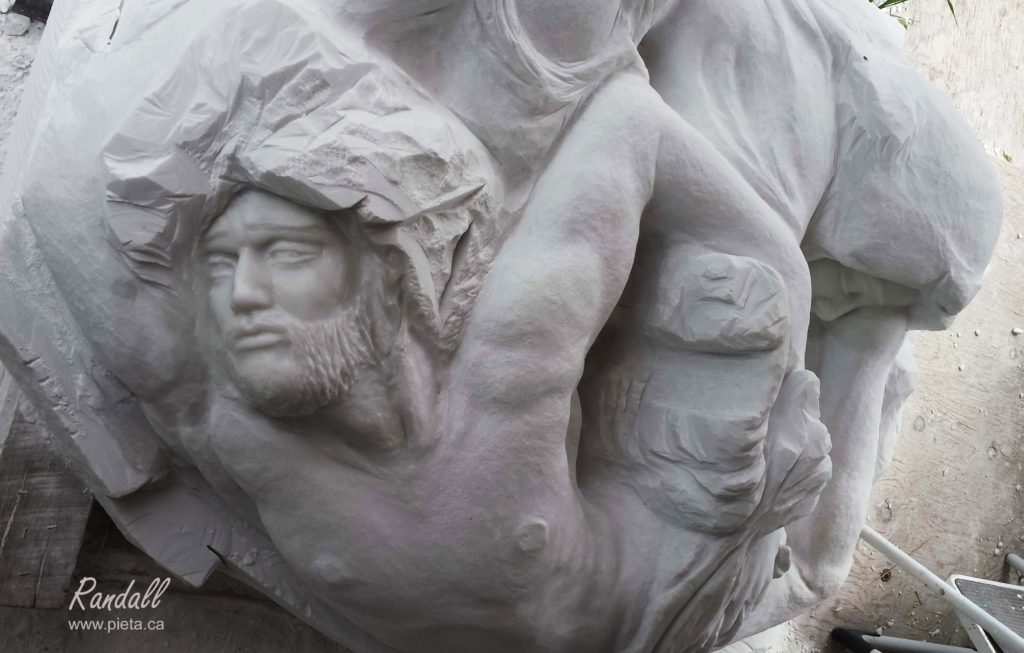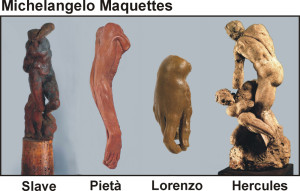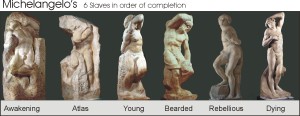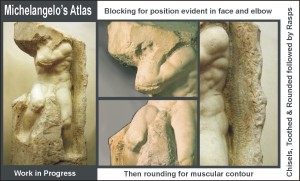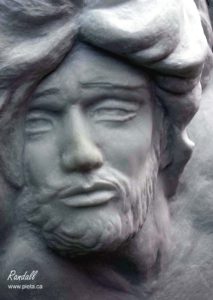 There is nothing more interesting to look at than the human face. Believe it or not, you can study faces for hours and not grow tired. This may sound strange but in fact, we do this every day. Whether you’re walking down a busy street, dealing with co-workers, or sitting in front of the TV taking in your favorite show, we spend a great deal of our day scanning our surrounding looking for faces. This is ingrained in us, coded in our DNA. We need to know if we can trust a stranger… Are we being lied to? Is this someone I can trust, would I like this person’s company , find attractive?
There is nothing more interesting to look at than the human face. Believe it or not, you can study faces for hours and not grow tired. This may sound strange but in fact, we do this every day. Whether you’re walking down a busy street, dealing with co-workers, or sitting in front of the TV taking in your favorite show, we spend a great deal of our day scanning our surrounding looking for faces. This is ingrained in us, coded in our DNA. We need to know if we can trust a stranger… Are we being lied to? Is this someone I can trust, would I like this person’s company , find attractive?
So natural is this that our subconscious mind is constantly scanning while our conscious thoughts are focused on other matters. For me, I was chatting with a friend when I had this uncanny suspicion that I was being watched. Wondering who may be on the street, I stared out the window, and then within a few moments noticed the face of a child looking back. There really is nothing more interesting than the human face.

We intuitively know the emotions of a persons simply by looking. And this is why faces are so difficult to sculpt well. Sure, a manikin’s head may appear human, but would you want to be left alone in a room full of manikins? Though the proportions may be correct, there is absolutely no life in those eyes.
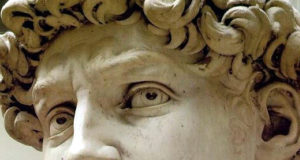 This is the miracle gifted into Michelangelo’s work. Carving life into the stone. You can stare into the eyes of realism all day… This is one of the raison d’être, the primary purpose of sculpture; to allow us the space and time to stare into the eyes of creation.
This is the miracle gifted into Michelangelo’s work. Carving life into the stone. You can stare into the eyes of realism all day… This is one of the raison d’être, the primary purpose of sculpture; to allow us the space and time to stare into the eyes of creation.
And, this is the impossible standard I would like to follow. to advance my rounded sculpture and add realism and emotion. To try my best to have this cold stone warm with life.
As I mentioned in a previous entry, the face poses the greatest challenge. This is why I saved the hardest for last, hoping that my skills have improved.
This is the importance of following the original design directly from my maquette. Sure the instinct may be to start chiseling with wayward abandon, but then you risk running out of stone, or sending the nose off on the wrong angle. Once the stone is gone, its gone. This is why Michelangelo started with drawing, crafting maquettes and stayed on plan.
Carve a small section at a time, examining the features in the round. From all angles and sides. Trust your eyes ability to spot mistakes. Remember we naturally are aware of the human face. We intuitively know how this face should look. So while looking and carving, it is important to ‘feel’ the emotions your trying to emote… If your in an ugly mood, that what you’ll carve. Using hatch marks, you can highlight the areas that are two high… 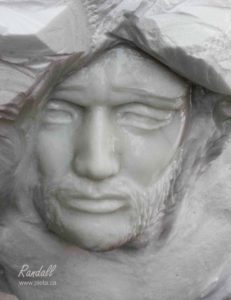 by moving around the statue, getting close, and stepping back, you can ensure all your angles are on their proper tangents. The angle of the nose runs perpendicular to the set of the brow. With continued work finishing and sanding, I’m 90 percent completed with the face. And this is close enough for now. The work is both mentally and physically exhausting.. At least for me, so don’t rush, and take as many breaks as you need… one mistake can change everything. Infact, as I’m happy with my progress as of this day, I’m going to stop and move on to Mary’s face… change is as good as a rest. More on that next time.
by moving around the statue, getting close, and stepping back, you can ensure all your angles are on their proper tangents. The angle of the nose runs perpendicular to the set of the brow. With continued work finishing and sanding, I’m 90 percent completed with the face. And this is close enough for now. The work is both mentally and physically exhausting.. At least for me, so don’t rush, and take as many breaks as you need… one mistake can change everything. Infact, as I’m happy with my progress as of this day, I’m going to stop and move on to Mary’s face… change is as good as a rest. More on that next time.




